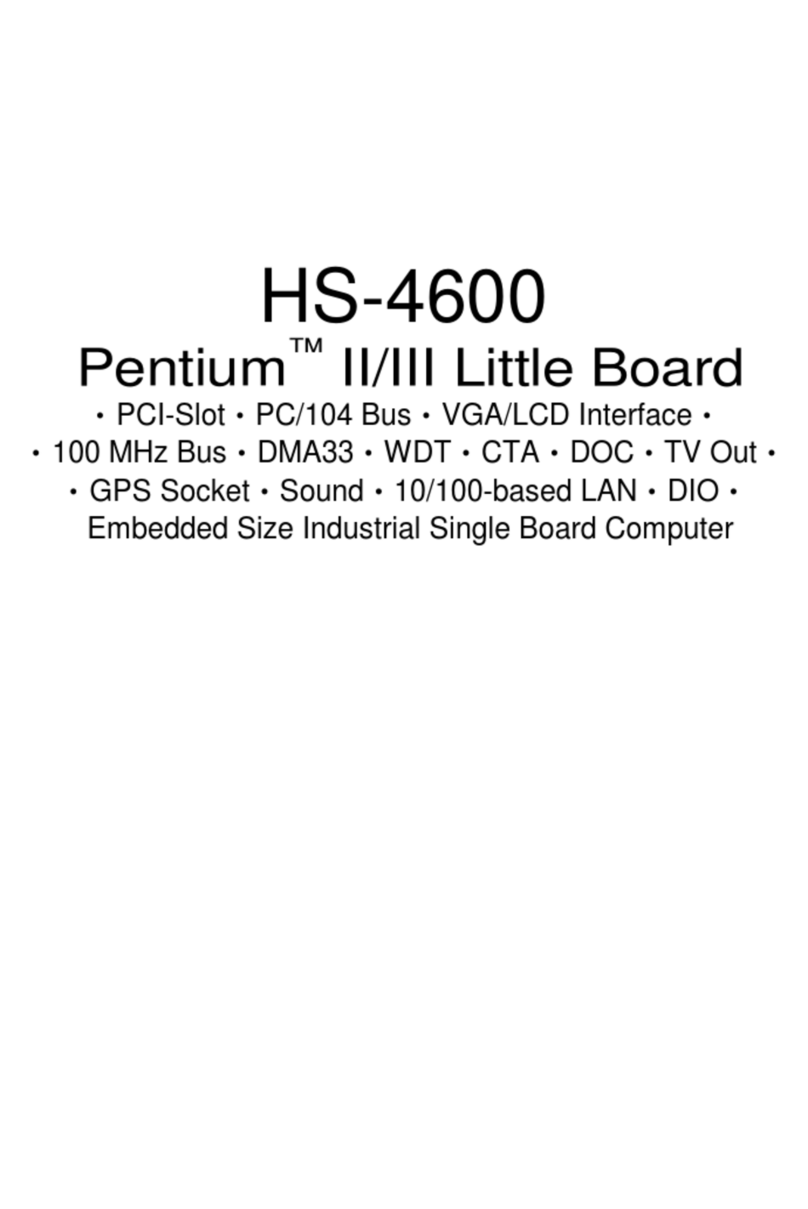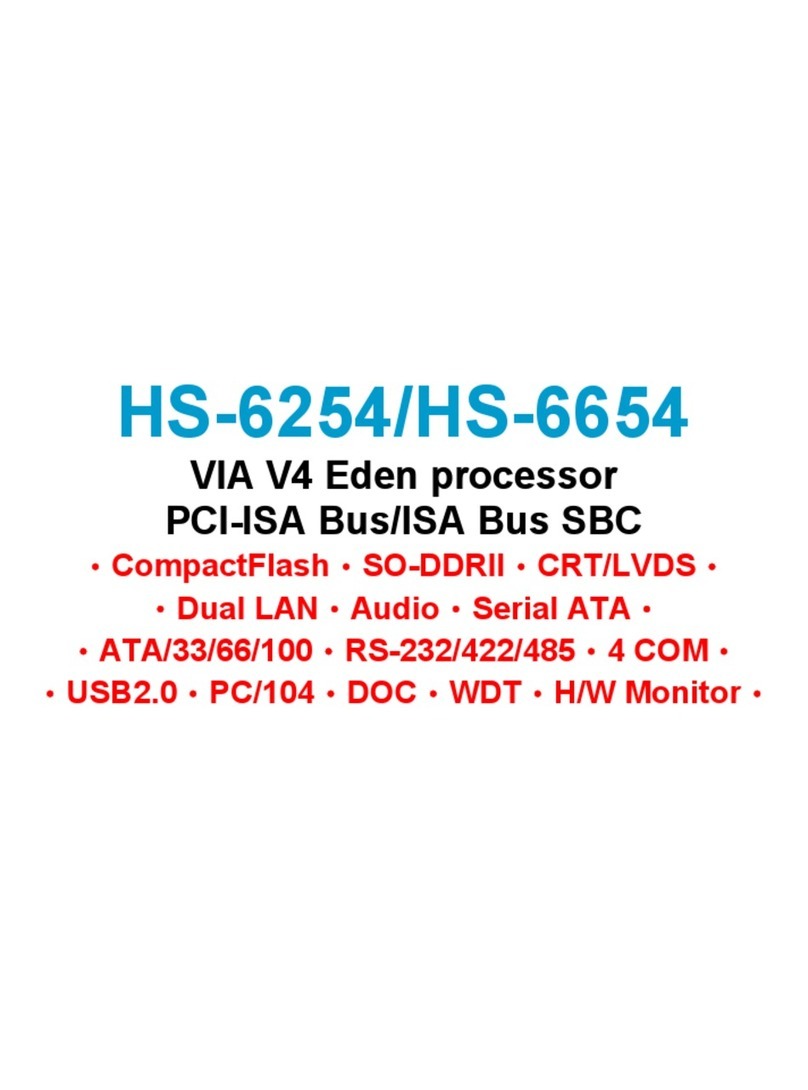
Table of Contents
Chapter 1 General Description ..................................1
1.1 Major Features....................................................................... 2
1.2 Specifications ........................................................................ 3
1.3 Board Dimensions................................................................. 4
Chapter 2 Unpacking ..................................................5
2.1 Opening the Delivery Package............................................. 5
2.2 Inspection............................................................................... 5
Chapter 3 Hardware Installation ..............................7
3.1 Before Installation ................................................................. 7
3.2 Board Layout ......................................................................... 8
3.3 Jumper List ............................................................................ 9
3.4 Connector List ....................................................................... 9
3.5 Configuring the CPU ........................................................... 10
3.6 System Memory ................................................................... 10
3.7 DiskOnChipAddress Setting .......................................... 10
3.8 VGA Controller .................................................................... 12
3.9 PCI E-IDE Drive Connector................................................. 14
3.10 Floppy Disk Drive Connector ............................................. 15
3.11 Serial Port Connectors ....................................................... 16
3.12 Parallel Connector............................................................... 18
3.13 Ethernet Connector............................................................. 19
3.14 USB Connector.................................................................... 19
3.15 CMOS Data Clear................................................................. 19
3.16 Power and Fan Connectors................................................ 20
3.17 Keyboard/Mouse Connectors ............................................ 20
3.18 System Front Panel Connectors........................................ 21
3.19 Watchdog Timer .................................................................. 22
3.20 Mini PCI Connector ............................................................. 24
3.21 PC/104 Connectors ............................................................. 26
3.22 Audio Connectors ............................................................... 28
3.23 CompactFlashConnector................................................ 28
3.24 Game Port Connector ......................................................... 29
3.25 TV-Out Connector ............................................................... 30

































